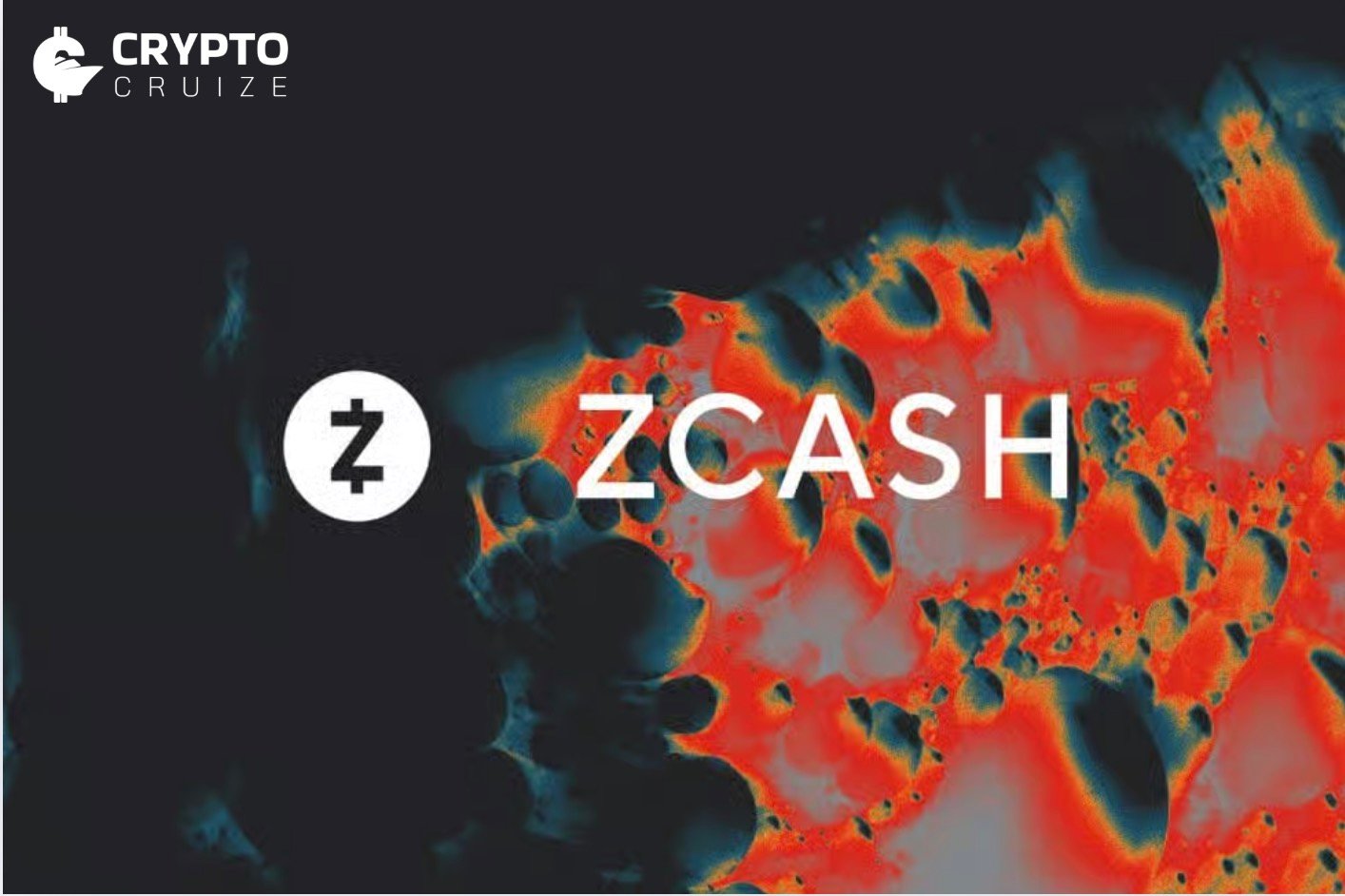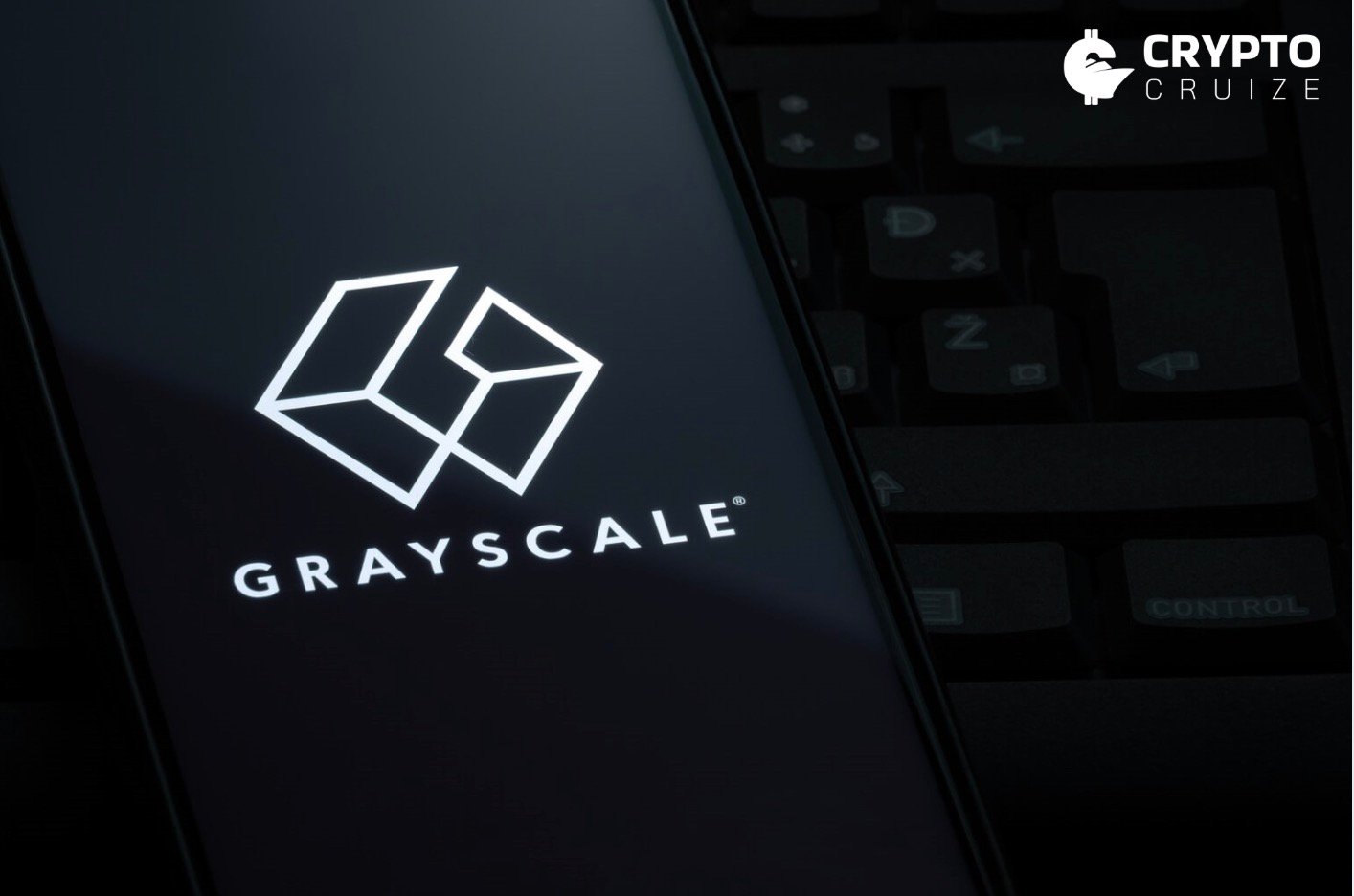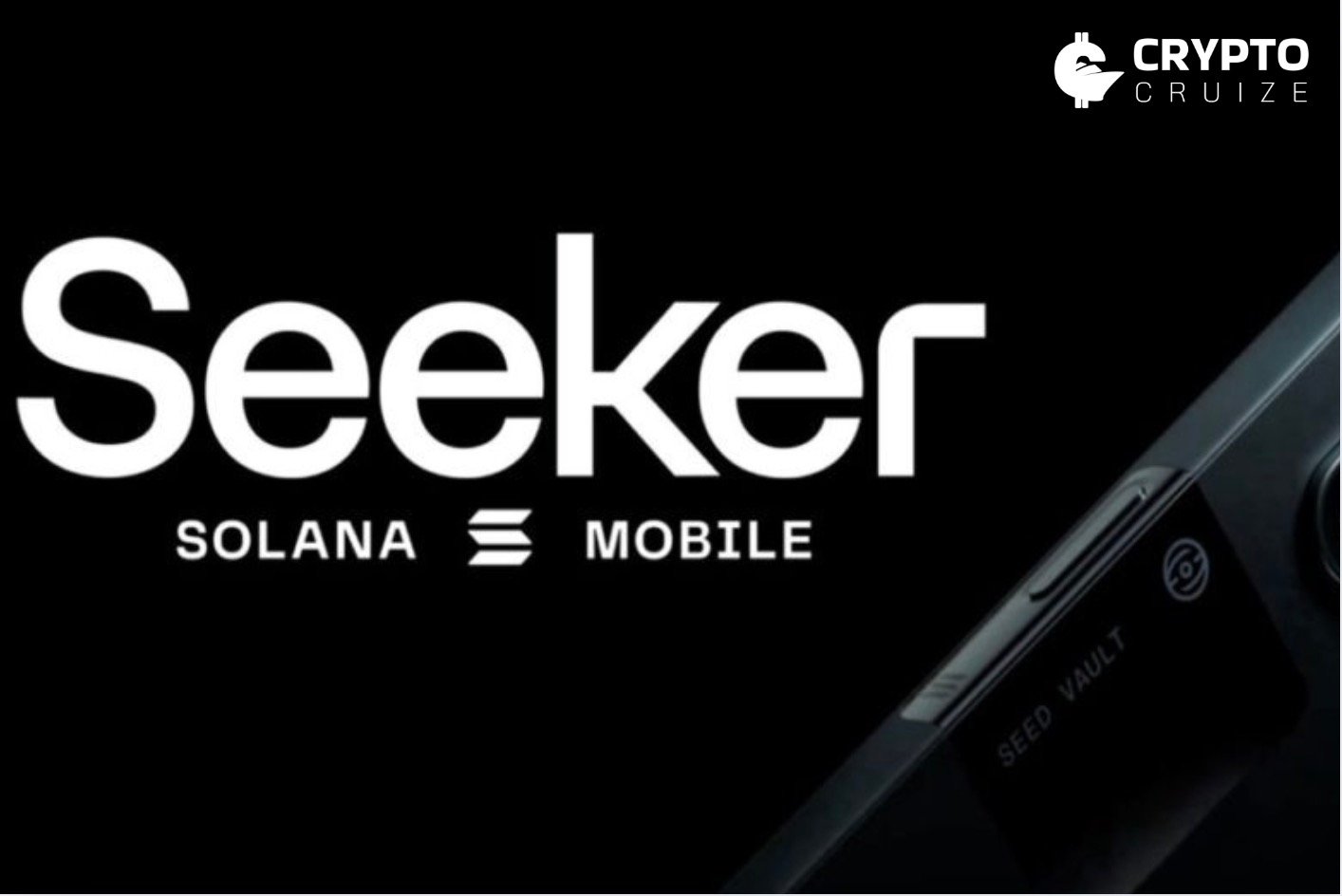Polygon has rolled out a major network upgrade called Heimdall v2, which significantly cuts down transaction times from 1–2 minutes to just 5 seconds. This update is poised to redefine the speed and efficiency of blockchain-based transactions, making Polygon a top choice for developers, fintech firms, and Web3 projects looking for fast and scalable solutions.
From Tendermint to CometBFT: A Leap in Consensus
At the heart of Heimdall v2 is a major shift in Polygon’s consensus mechanism. The network has now moved from the Tendermint consensus engine to CometBFT, a faster and more modern system. This change improves the network’s performance, reduces technical debt by cleaning up outdated code, and boosts overall stability.
CometBFT enables quicker finality, which means transactions are confirmed and settled in just a few seconds. For developers building payment platforms or real-world asset (RWA) applications, this is a critical improvement. It brings Polygon one step closer to the speed and reliability of traditional financial systems.
Better Infrastructure for Real-World Use
The Heimdall v2 upgrade works hand-in-hand with the earlier Bhilai hardfork, which already boosted Polygon’s throughput to 1,000 transactions per second (TPS) and introduced support for Ethereum’s EIP-7702. Together, these upgrades provide a robust infrastructure for financial technology, digital assets, and next-gen payment solutions.

This makes Polygon especially attractive for stablecoin transfers, tokenised assets, and other financial apps that demand real-time processing and low-latency experiences. As user expectations continue to rise, Polygon is now able to meet them with speed and confidence.
Adoption by Major Fintech Platforms
Polygon’s recent upgrades are not just technical; they are driving real-world impact. In just the first half of 2025, Polygon processed over $1 billion in transactions through leading platforms like Nexo, Bitso, Revolut, and Paxos. The network now hosts stablecoins with a total value of $2.7 billion, reflecting its growing role in global finance.
With transaction times reduced to 5 seconds, more fintech companies and traditional banks are likely to explore the Polygon network. This upgrade unlocks the ability for apps to provide instant confirmations, creating a smooth and seamless experience that users now expect.
Polygon’s Future: Fast, Scalable and Interconnected
Looking ahead, Polygon isn’t stopping here. The Polygon PoS chain will soon become part of the Agglayer network, which will enable cross-chain liquidity and better interoperability with other blockchains. This will allow assets to move across networks with instant finality and support over 5,000 TPS.

By combining low transaction times, high throughput, and strong cross-chain capabilities, Polygon is positioning itself as a central player in the future of finance. Its infrastructure is now suitable not only for startups but also for large-scale enterprise and banking applications.
With the Heimdall v2 upgrade, Polygon has delivered one of its most important performance improvements to date. The network is now faster, more scalable, and more reliable, ready to support the next wave of Web3 innovation and financial services.
As the lines between traditional finance and decentralised platforms continue to blur, Polygon is offering a future-ready, user-friendly blockchain that meets the moment.


























































